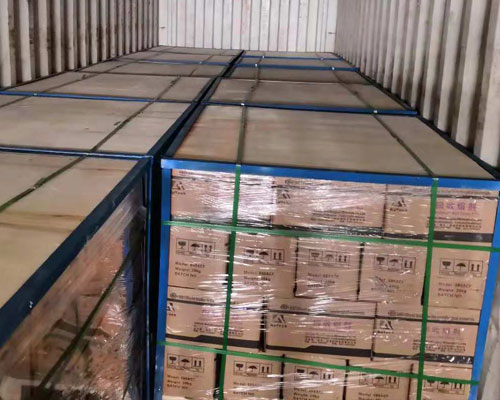Aluminum smelter refining flux is a key component of the refining process. Flux can efficiently clean metallic and non-metallic inclusions, improve the quality of melts and castings, and reduce slag.

When aluminum and alloy slag and gas content are too high, the probability of metallurgical defects such as pores and inclusions in the cast slab will be greatly increased, which will reduce the strength and plasticity of the material and affect the surface quality of the cast slab. product. When the sodium content in the aluminum alloy is too high, during the hot working process, a liquid adsorption layer is easily formed on the surface of the dendrite or the grain boundary, causing brittle cracking of the high-magnesium aluminum alloy. Therefore, slag, gas and basic metals in the melt are removed as much as possible during the processing of aluminum and its alloy melts.
Flux refining is an effective traditional method to remove inclusions and reduce gas content. The principle is to fully wet the inclusions in the aluminum melt by adding flux, agglomerate the inclusions and combine with the flux into large particles, and then deposit them on the bottom of the crucible to remove various metals and non-metals in the melt Inclusions.
In metal refining, flux is used to help remove impurities and change the fluidity of the melt. Once activated by the high temperature of the furnace, the flux will decompose and lower the melting point of all other materials in the crucible. As the refining process continues, the flux will cause further oxidation and decomposition of other materials.
The aluminum smelter refining flux is a mixture of salts, which is chemically combined by melting and reacts with unnecessary alkali metals. Refining agents have also been proven to remove non-metallic inclusions, supplement degassing, reduce scum accumulation on the furnace wall, reduce sludge formed at the furnace bottom, reduce metal adhesion, and make metal oxides easier to handle.
Refining agents are designed to remove alkali metals, enhance degassing, remove non-metallic inclusions, reduce scum, reduce sludge formation, and improve overall melt and furnace cleanliness.

